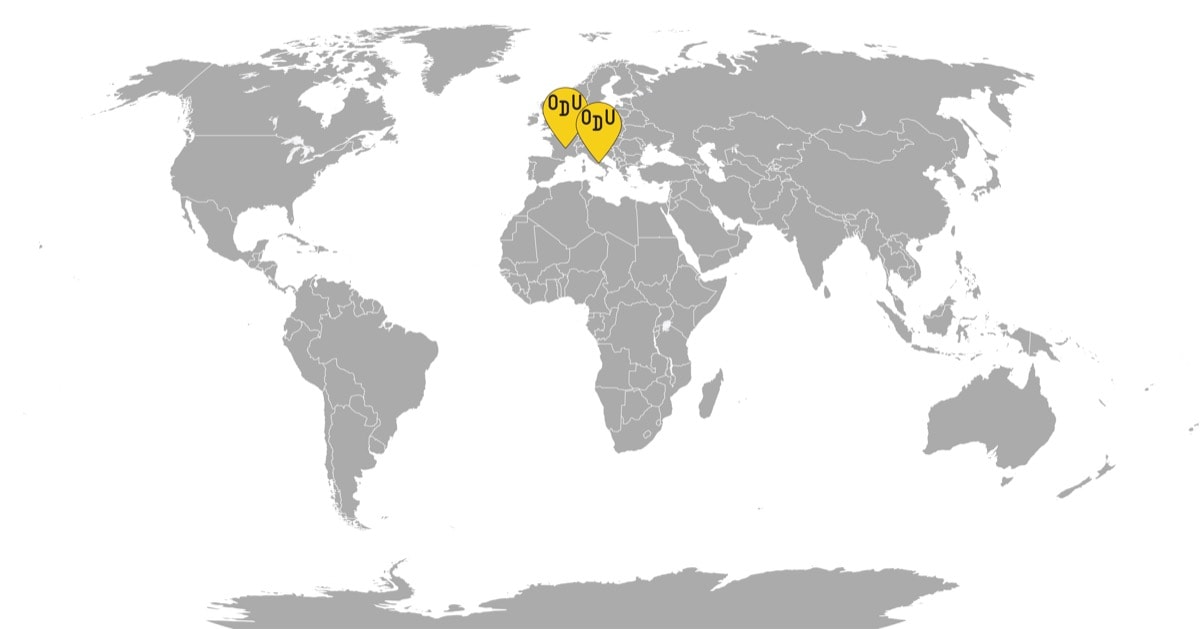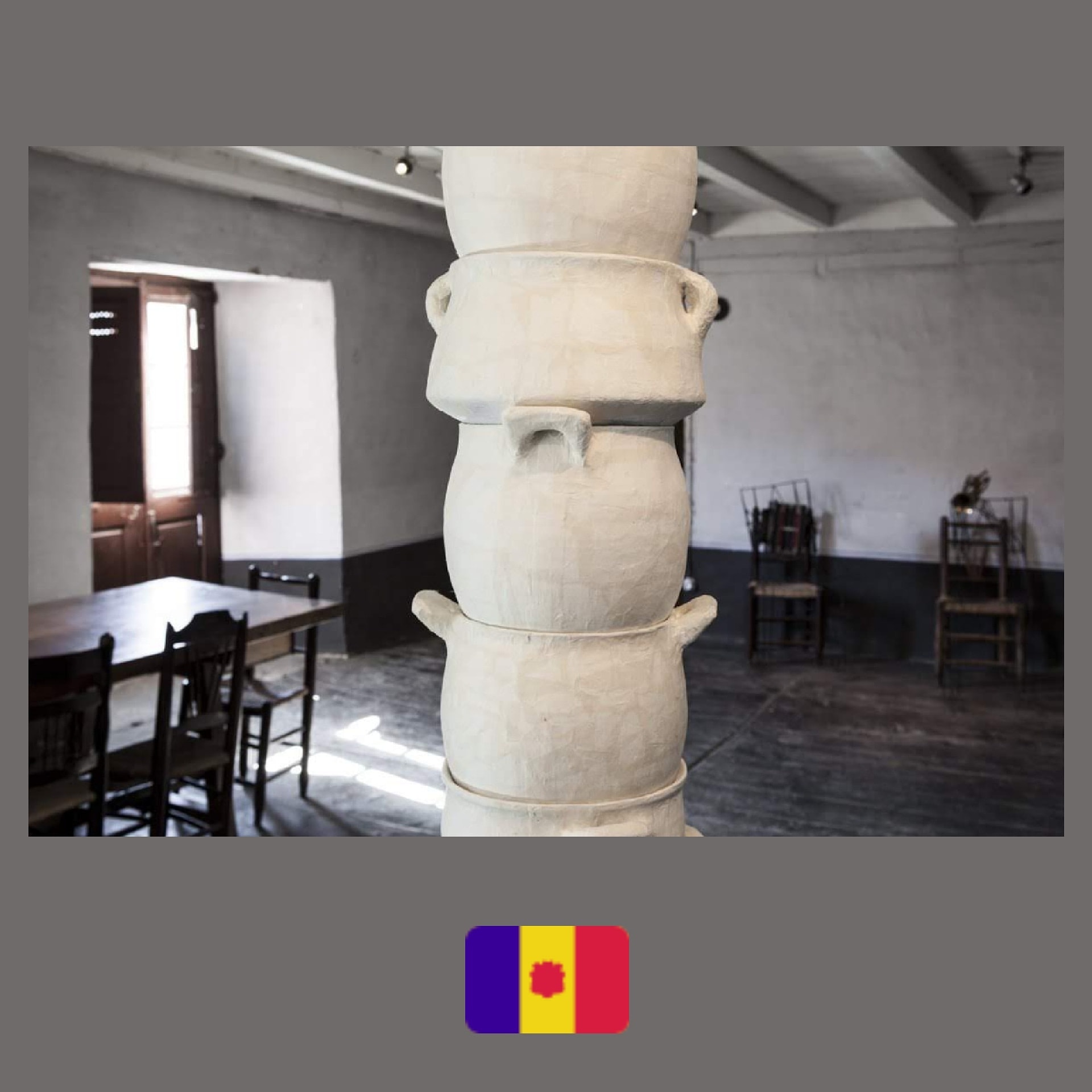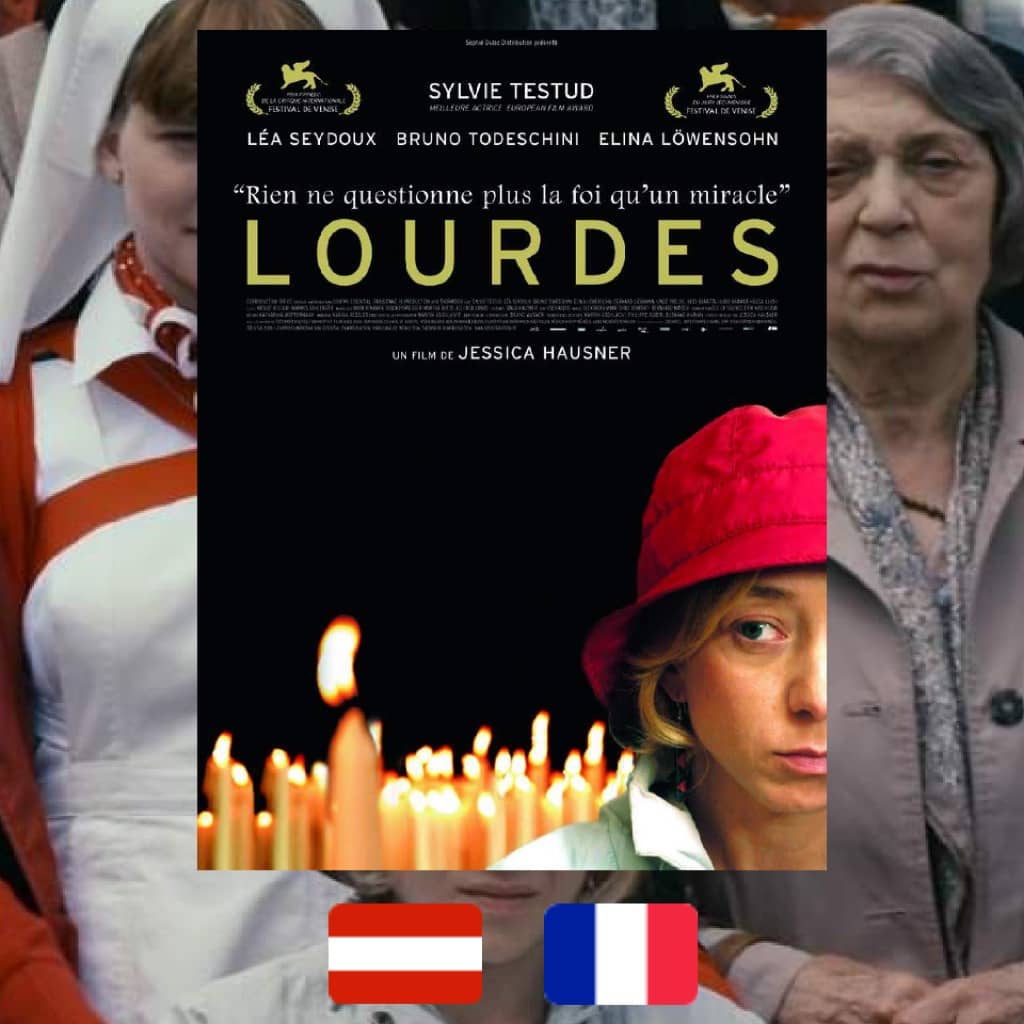Pietro Marcello’s documentary about a career criminal and a transsexual sex-worker who fell in love in prison is the director’s lesser-known film, but it deserves all the accolades



WHAT IT’S ABOUT: Vincenzo Motta, Enzo, a career criminal, is released from prison and free to return to the port city of Genoa. As the camera follows this man of savage, rugged beauty on his long, tangly path home, through the dark streets, bars, and embraces, memories, letters and confessions come together to weave the full story. The opposite of being lost, Enzo has been found. His home is where Mary Monaco, the love of his life and a transsexual woman he met in prison, has been waiting for him for the past decade. Everything is as they’d hoped for: there are freedom and comfort, and a bunch of scruffy dogs to warm the lap, a fairy tale ending amidst the decay. “The Mouth of the Wolf” is a portrait of the couple’s aspirational relationship juxtaposed against the gritty colossus of Genoa.
WHO MADE IT: Pietro Marcello is best known for his award-winning film “Lost and Beautiful,” which fuses the depth of the fantastical in the Italian cultural landscape with contemporary considerations, as well as his most recent and highly successful work, where he repurposed Jack London’s “Martin Eden” to show the emergence of Italian fascism. The work he’d done prior to the two, however, was in the documentary genre, mostly centered around the Italian periphery. Marcello wrote, directed, and filmed “The Mouth of the Wolf” on his own, with Sara Fgaier as the editor, and got many awards worldwide with it, including a Teddy. The film was commissioned by Fondazione San Marcellino, an organization working with the homeless of Genoa.
The couple at the center of the narrative are real inhabitants of Genoa. Vincenzo Motta, of Sicilian origin, the son of a street peddler entangled in criminal activity, and his partner Mary Monaco, who was born in a middle-class family in Rome but had to build a life for herself elsewhere because she couldn’t find acceptance as a transsexual. Marcello met Motta outside a bakery in Genoa, befriended him over a drink, and developed this friendship into a film.
Monaco died in 2010, right after the film graced the screens. Because their small abode was registered in her name, Motta wasn’t able to retain it, and he spent some time homeless and destitute before finding shelter in the bustling family of his new partner. Motta died in 2016: perhaps, Mary was once again waiting for him, while building the nest for the two of them to live in, for eternity.
WHY DO WE CARE: In cinema, couples who find love in hopeless places are too often depicted succumbing to their unhappy faiths, perishing under bullet showers or bleeding out as the beloved’s embrace grows cold. It’s impressive, yet the grandeur of the demise too often robs the characters of their right to happiness. Enzo and Mary reclaim the trope of jailbird love and make it their own. Whatever misery existed before they had each other seemed to dissipate once they burst open their hearts. Everything around them—hunger, loneliness, isolation, transphobia, incarceration itself—can not hold when Mary and Enzo kiss. In the documentary, we view this relationship through the letters that the two exchanged when Enzo was still inside, and Mary was already waiting for him. As the voices of the two reading out their respective letters are laid over ethnographic footage of Genoa’s sketchy parts in subtle, Sebaldian filmmaking, there is nothing to operate upon other than imagination. Yet when the scenes arise out of these accounts, the love story in them is voluptuous, stupefying, unbelievable—and all the more impressive because it stems from a true story.
Even though the letters and the confessions of the couple detail the development of their relationship within the joint,—how they first met, first became a couple, and then fought to make it work both inside, and when Mary had to wait for Enzo on the outside—we don’t really learn the particularities of how the relationship between Enzo and Mary works outside of prison. They bicker a bit about the language of describing it, Enzo insisting on noting their couple’s shifting power dynamics, and Mary preferring to center on their proximity. But even that is breathtaking: the way two people so profoundly taken by each other and yet independent, proud and self-respecting can describe what they have while owning this happiness to its full extent, is something straightforward yet unexpected, revitalizing and pure.
WHY YOU NEED TO WATCH: It’s a bit exhausting how the queer and trans love stories are too often portrayed in the higher class settings when the basis of queer desire in the modernity is starkly working class. A thing of ports, alleys, and margins way before liberalization made it a staple of gentile living room circles. Marcello, one of the most exciting contemporary film directors precisely because he always wants to emphasize the class difference, understands, and dismantles this shortfall. There is no sugarcoating or laminating of the tenderness here, no polished lust under the Italian sun, or a romance being aesthetically regurgitated. However, what we’re left with is a love story so resonant, so affecting and so wholesome, so void of corruption that it gently eviscerates and then sews one back up, leaving the viewer wishing for a chance to have something of the sort that the two protagonists share.
It’s not just a love story, though, but a part of the larger fabric, where the many determinants come together to shape a person’s destiny. Growing up working-class, proximity to crime and drugs, the need to make a living unlawfully,—those are all the circumstances which Enzo and Mary, as well as others depicted in the background, had to go through or continue to fight against. Genoa, the city
The successes and the losses vary, and Marcello doesn’t dwell on them, focusing on the light instead. By the tangential evidence, we can guess that Mary has to make a life for the two of them through sex work, that Enzo is prone to excesses or sometimes dangerously close to falling into past patterns. And this is all important, materialist context for the larger story. But just like in the dazzling chiaroscuro washing over Genoa’s alleys and sidestreets, the beauty lies in the contrast between darkness and light. Marcello focuses on the light and allows his protagonists to bathe in it, suffused with competence, might, and affection. And even the minor characters, the beaten up, the weary, the forlorn, get to have their moment in the sun, whether they rejoice in the simple moments of fun in their every day, or dance to Gainsbourg’s “L’eau a la bouche” like no one is watching. There is no better way to discover what life is like for a people than to peep into working-class bars once everyone’s well inebriated, and “The Mouth of the Wolf” offers just that opportunity, minus the extra costs and the language barrier.
A generous portrait of a romance, as well as of the people who don’t tend to be in the forefront too often, “The Mouth of the Wolf” is an unexpected, understated delight. It offers nuance, precision, and heart in its exploration of subjects familiar, yet made vague by the commercialization. It also reclaims queerness, affection, and the city of Genoa from its glossier counterparts. An earlier testament to Pietro Marcello’s profound talent, it’s an unmatched example of a queer, working-class, and marginalized documentary narrative that does not try to conform to the medium’s constraints. Instead, it excels with the sheer poetry of its subject matter under the creator’s tender touch.
The Mouth of the Wolf (La bocca del lupo), 2009
Director: Pietro Marcello
For more content like this sign up for our weekly newsletter
WATCH THE TRAILER















